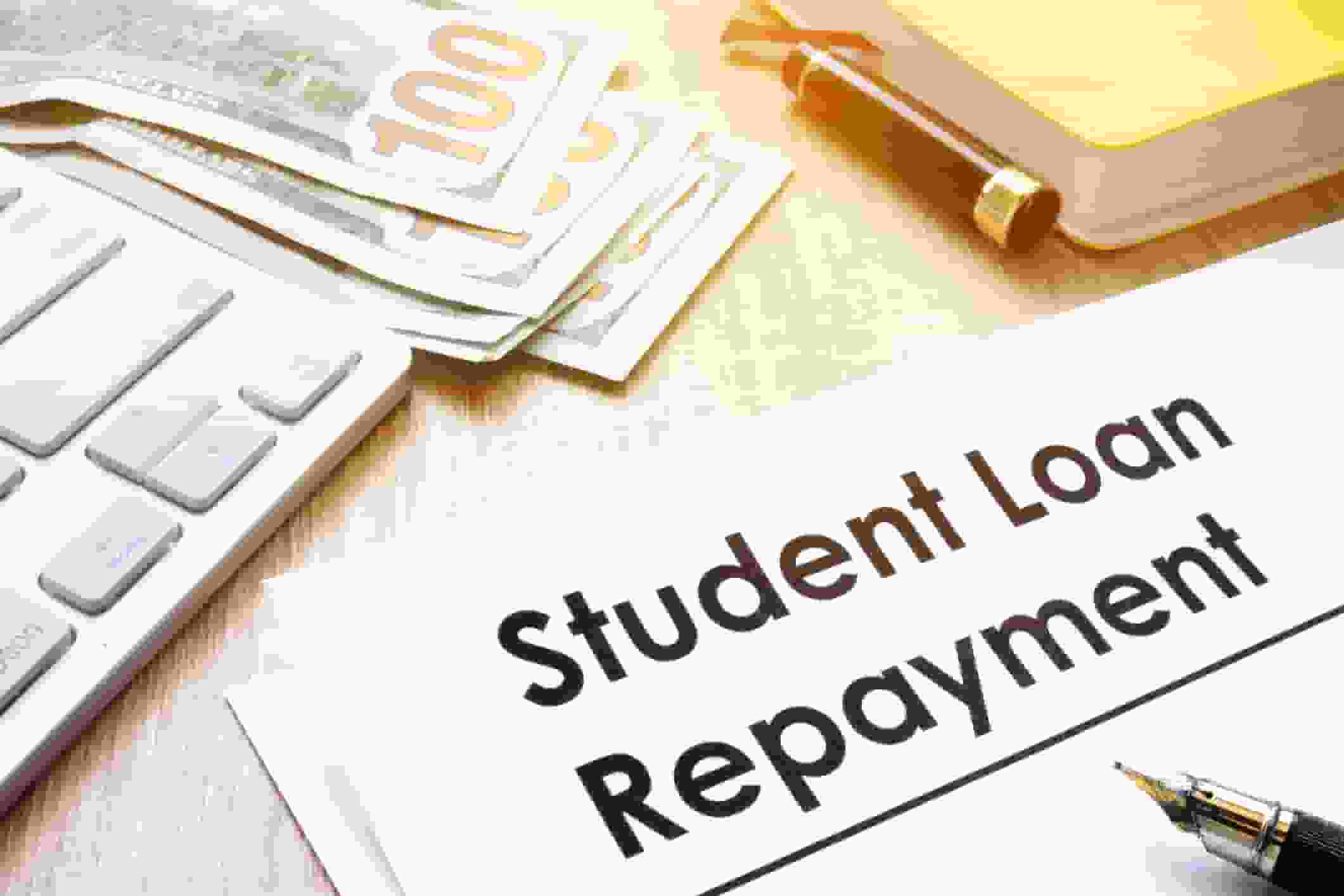The Biden Administration is proposing changes to the existing Income-Driven Repayment (IDR) plan for federal student loan borrowers, potentially cutting monthly payments by at least half and forgiving debt in as little as 10 years.

According to a news release, the recent proposal for new rules would significantly change the income-driven repayment system by reducing undergraduate loan payments by half and avoiding the buildup of unpaid interest. Borrowers who stand to benefit the most from this change are those who earn the least in relation to their debt.
Here are the top five beneficiaries of the new Income-Driven Repayment plan:
Borrowers who attended some college but did not graduate
The revised IDR plan will help borrowers who didn’t complete their degree by forgiving the remaining balance under $12,000 after 10 years of qualifying payments, rather than the current 20-25 years. These individuals have lower student loan balances but also don’t receive the 66% average income increase that college graduates receive. People who did not get a bachelor’s degree account for 51% of households with debt under $10,000. Even $0 monthly payments under the revised IDR plan will count towards the 10-year forgiveness.
Borrowers who live in regions with an elevated expense of life
Borrowers in expensive areas will benefit from larger portions of their earnings being protected, leading to smaller monthly payments. The revised IDR plan for student loans caps monthly payments at a percentage of the borrower’s discretionary income, which is the household income minus 225% of the poverty guideline. For example, a household with $75,000 income would have payments based on just $7,500 of discretionary income, reducing their monthly payments from $250 to $31. This change benefits borrowers in expensive areas with high living costs.
READ ALSO: Two Direct Payments are Waiting for Millions of Americans
Borrowers who fail to repay their student loan payments
Borrowers with small loan balances and those who didn’t complete their degree are at higher risk of default, but the revised IDR plan offers help by allowing these borrowers to enroll in more affordable monthly payments and loan forgiveness. Defaulted borrowers and those at least 75 days late on payments will now be eligible for the plan. This could prevent default and offer $0 monthly payments for those earning below a certain income.
Borrowers who can’t pay off all their interest each month
Under the revised plan, the government will cover any unpaid interest each month, provided the borrower makes their monthly payments. The interest will not accumulate.
Borrowers from diverse backgrounds
The revised IDR plan is expected to benefit Black, Hispanic, American Indian, and Alaska Native borrowers the most, with their lifetime payments per dollar borrowed being reduced by 50% on average, according to the Department of Education. White borrowers’ lifetime payments would be 37% less than the current REPAYE plan. The benefit disparities are due to racial income gaps, with Hispanic households earning 75% of the median white household income.
These changes could have a significant impact on the millions of Americans who are struggling to pay off their student loans. The details of the new IDR plan are still being finalized, but the potential for positive change is enormous.





